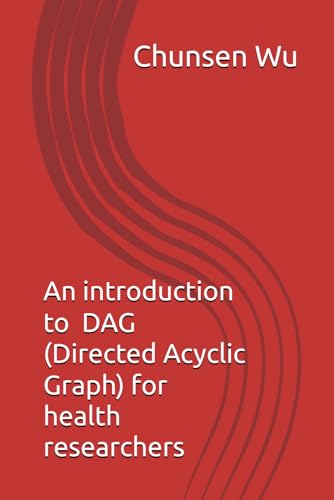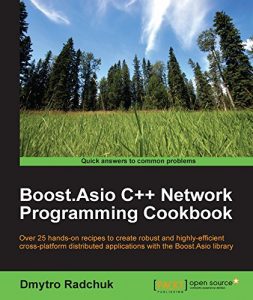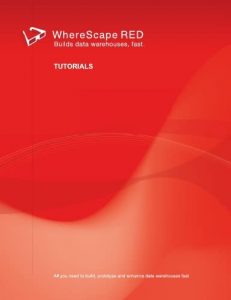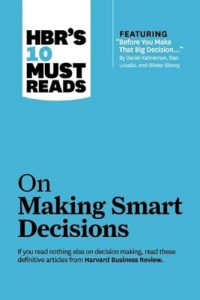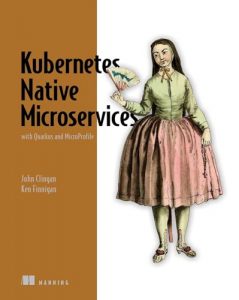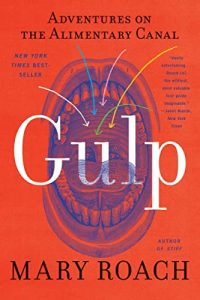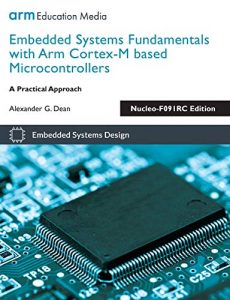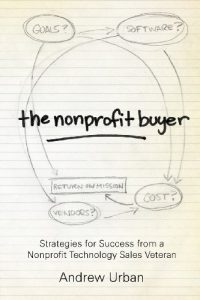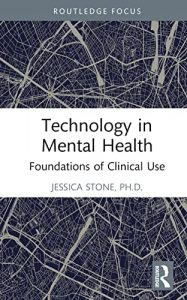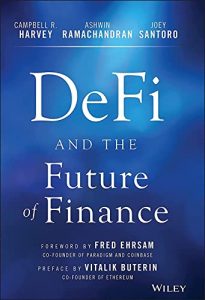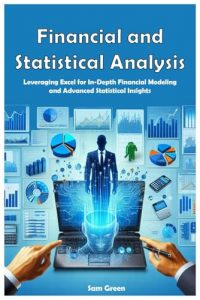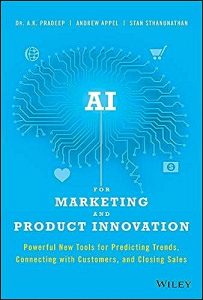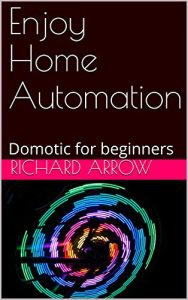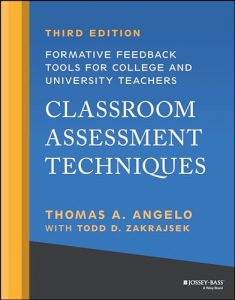An introduction to Directed Acyclic Graph (DAG) for health researchers
Authored by Chunsen Wu, this comprehensive guide is a must-read for health researchers looking to utilize modern methodologies in their work. It delves into the intricacies of Directed Acyclic Graphs (DAGs), offering a clear introduction to their structure and application in health research. Wu’s engaging writing style and practical examples ensure that readers, whether novices or experienced researchers, will find value in the material. The book sets the foundation for understanding complex relationships in health data, making it an essential resource for those aiming to refine their analytical skills.
Structural Models: An Introduction to the Theory of Directed Graphs
This classic text by Frank Harary, Robert Z. Norman, and Dorwin Cartwright provides a foundational understanding of directed graphs, crucial for anyone venturing into the world of network theory. Despite being published back in 1965, the principles explored in this book remain relevant today. Its meticulous approach and clear explanations enable readers to grasp complex concepts of graph theory. It’s a riveting read for students and professionals alike, ensuring they can apply these theoretical insights practically, whether in mathematics, computer science, or social sciences.
Graphs & Digraphs (Textbooks in Mathematics)
Authored by Gary Chartrand, Linda Lesniak, and Ping Zhang, “Graphs & Digraphs” is one of the most recognized textbooks for learning graph theory. This book stands out for its clarity and thoroughness, providing numerous illustrative examples to aid in understanding. Perfect for upper-level undergraduates, its blend of theory and practical application makes it essential for anyone who seeks to dive deep into graph structures and their applications. It transforms abstract concepts into tangible knowledge, appealing to students and professionals alike.
Introduction to Graph Theory (Dover Books on Mathematics)
Richard J. Trudeau’s “Introduction to Graph Theory” is a definitive resource that tantalizes the reader with the elegance of graphs. This book simplifies complex ideas, making them accessible without sacrificing rigor. Through various engaging topics, Trudeau captures the essence of graphs, their properties, and applications in real-world scenarios. Perfect for students and educators, it is an indispensable addition to any mathematician’s library, enriching their understanding and appreciation of this fascinating field.
Engineering Notebook: Graph Paper for Engineers
This practical notebook by WriteTime Press is tailored for engineers, math, and science students who need a dedicated space for their calculations and designs. The layout features 5×5 graph ruling with margin-ruled fronts, integrated metric conversion tables, making it a comprehensive tool for precise work. Its user-friendly format ensures that users can focus on creativity and problem-solving without distractions. This notebook is a fantastic resource for anyone looking to blend organization with function in their engineering tasks.
The Fascinating World of Graph Theory
This book by Arthur Benjamin, Gary Chartrand, and Ping Zhang is an engaging exploration into the world of graph theory. Written in an approachable style, it illuminates the connections between everyday life and the mathematical structures of graphs. This text invites readers on a journey through various graph concepts, supplemented with vibrant illustrations. It serves not just as a textbook but as a source of inspiration, showcasing the beauty and applicability of graph theory in both academic and practical settings.
Classes of Directed Graphs (Springer Monographs in Mathematics)
In this academic tour de force, Jørgen Bang-Jensen and Gregory Gutin delve into the classification of directed graphs – a staple requirement for advanced study in the domain. This work is both comprehensive and cutting-edge, tackling complex problems and presenting innovative solutions. It’s an essential text for scholars and researchers who wish to explore theoretical aspects of directed graphs with precision and depth. This book will not only enhance your knowledge but also challenge you to think critically about the complexities of graph theory.
Where Did the Towers Go? Evidence of Directed Free-energy Technology on 9/11
Written by Judy Wood and Eric Larsen, this provocative book explores the events of 9/11 through the lens of directed free-energy technology, presenting compelling arguments and evidence that challenge mainstream narratives. Wood’s meticulous investigation not only piques curiosity but also promotes critical thinking regarding accepted historical events. Readers will find this controversial yet thought-provoking exploration enlightening, as it prompts ongoing discussions around technological capabilities and their implications. It’s an essential read for anyone interested in uncovering alternative theories.
A Study of Directed Graph and Related Computer Programming
In this tech-driven age, Binwal, Parihar, and Tiwari’s exploration of directed graphs in the context of computer programming is invaluable. This book not only elucidates graph theory but seamlessly integrates it with programming concepts, making it essential for students in computer science. Readers will gain insights on how directed graphs can optimize algorithms and data structures, equipping them with the skills needed to tackle complex computational problems. Its practical emphasis on applications in programming makes it a crucial read for future developers.
Uses of Directed Graphs and Model Selection
In this enlightening book by Fernando Vera, readers will discover an in-depth exploration of directed graphs and their pivotal role in model selection across various fields. Vera’s clear and concise writing, complemented by real-world examples, allows for a deeper understanding of how directed graphs can influence decisions and predictions in complex systems. This book serves both as a theoretical guide and a practical toolkit, making it a necessity for analysts and researchers aiming to incorporate modeling strategies in their work efficiently.

